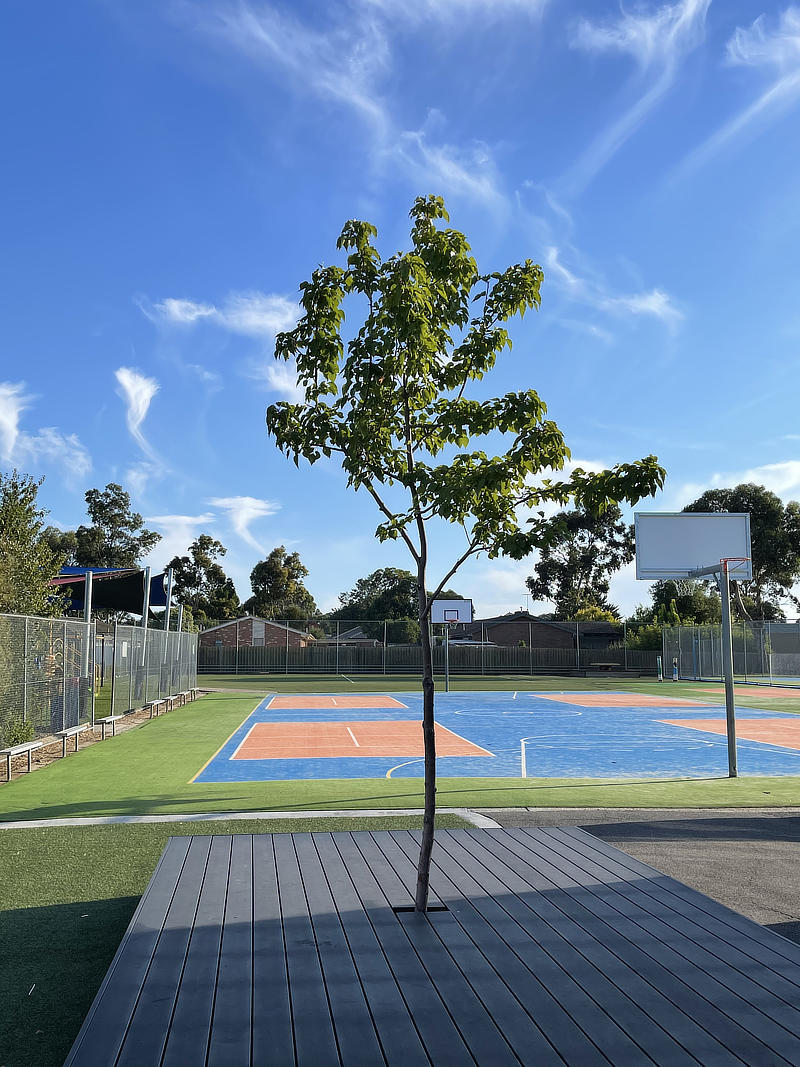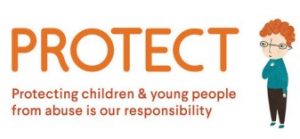Our School
Meet the Principal
Welcome to Wedge Park Primary School where we have been nurturing young minds for over four decades! As the proud principal, I Brian Slatter extend my personal welcome to you on behalf of our school community. At our school, we believe in fostering a positive and inclusive environment.
Our commitment to positive relationships is at the heart of everything we do. We recognise the importance of a strong connection between the school, students, and families. Together, we form a supportive community that encourages open communication and collaboration.
We are passionate about enabling students to become literate, numerate, and curious learners. Our goal is to provide a comprehensive education that, encourages creativity, critical thinking, and a lifelong love for learning. Our knowledge-based curriculum ensures that students receive a well-rounded education, preparing them with the skills and knowledge needed for success in an ever-changing world.
Our team of committed and skilled staff is dedicated to the holistic development of each child. We aim to nurture articulate, socially responsible, and resilient individuals who not only excel academically but also contribute positively to society.
In alignment with our mission, Every Student Matters, Every Moment Counts, we strive to create an environment where students feel valued, supported, and empowered. Our School Values – Responsible, Respectful, Learners – are the guiding principles that shape our school culture.
Our vision is to see every child at our school thriving – happy, safe, expressive, creative, and fully engaged in their learning journey. As we embrace the future, we remain focused in our dedication to achieving the best outcomes for our students.
Wedge Park is a school were “Every Student Matters, Every Moment Counts”.
Warm regards,
Brian Slatter
Principal

Mission, Vision & Values
Mission
Every student matters, every moment counts
Vision
As a school community, we create an environment where every student matters and every moment counts.
We aim to:
- Ensure high quality teaching through professional learning, feedback, teamwork, collegiate support and communication.
- Respect and develop the unique and individual strengths, talents and needs of every child through fostering a positive growth mindset.
- Develop every students Literacy, Numeracy and 21st century skills to enable students to be successful in a changing world.
- Promote a positive working and learning environment where contributions are recognised and celebrated.
- Welcome community involvement through an open, supportive and consultative environment where contributions are valued.
- Create an environment where everyone is encouraged to strive for excellence in an atmosphere of confidence, safety, enjoyment and active participation.
- Challenge students to grow academically, socially, emotionally, physically and creatively to their full potential whilst demonstrating the core values of the school: Responsible, Respectful, Learners
Values
We are Respectful
We are Responsible
We are Learners
Plans, Reports & Policies
Advertising And Sponsorship Policy
Assessment And Reporting Policy
Child Safety Responding And Reporting Obligations Policy And Procedures
Communication With School Staff Policy
Dogs At School Policy (welfare dog)
Equal Opportunity And Anti Discrimination Policy
Inclusion And Diversity Policy
Administration of Medication Policy
Personal Property And Insurance Policy
Photographing, Filming And Recording Students Policy
Respect For School Staff Policy
Student Engagement And Wellbeing Policy
Statement Of Values And School Philosophy
The Child Safe Standards
The Child Safe Standards (the Standards) are compulsory minimum standards for all Victorian schools to ensure they are well prepared to keep children and young people safe and protect them from abuse. Ministerial Order 1359 – Implementing the Child Safe Standards – Managing the risk of child abuse in schools (PDF) provides the framework for child safety in schools.
Victorian schools can continue to build on their existing child safety strategies, policies and practices to strengthen their culture of child safety and protect children and young people from abuse.
The Child Safe Standards include requirements to keep children, young people and students safe, including:
- involvement of families and students in child safety
- schools’ focus on safety for Aboriginal students
- better management of child abuse risks in online environments
- governance, systems and processes for keeping students safe.
The Victorian Registration and Qualifications Authority is responsible for regulating the compliance of schools with the Standards. Schools are required to comply with the Standards as part of the prescribed minimum standards for registration.
There are 11 Child Safe Standards:
- Standard 1: Culturally Safe Environments – Establish a culturally safe environment in which the diverse and unique identities and experiences of Aboriginal children and young people are respected and valued.
- Standard 2: Leadership, Governance and Culture – Ensure that child safety and wellbeing are embedded in school leadership, governance and culture.
- Standard 3: Child and Student Empowerment – Children and young people are empowered about their rights, participate in decisions affecting them and are taken seriously.
- Standard 4: Family Engagement – Families and communities are informed and involved in promoting child safety and wellbeing.
- Standard 5: Diversity and Equity – Equity is upheld, and diverse needs are respected in policy and practice.
- Standard 6: Suitable Staff and Volunteers – People working with children and young people are suitable and supported to reflect child safety and wellbeing values in practice.
- Standard 7: Child-Focused Complaints Processes – Ensure that processes for complaints and concerns are child focused.
- Standard 8: Child Safety Knowledge, Skills and Awareness – Staff and volunteers are equipped with the knowledge, skills and awareness to keep children and young people safe through ongoing education and training.
- Standard 9: Physical and Online Environments – Physical and online environments promote safety and wellbeing while minimising the opportunity for children and young people to be harmed.
- Standard 10: Review of Child Safety Practices – Implementation of the Child Safe Standards is regularly reviewed and improved.
- Standard 11: Implementation of Child Safety Practices – Policies and procedures that document how schools are safe for children, young people and students.
The Child Safe Standards are changing 1 July 2022. Guidance and resources have been developed to support schools transition to the new Standards.
The department’s PROTECT website contains guidance to support schools to implement the new Child Safe Standards including a new Child Safe Standards Action List for government schools:
Child Safety And OHS Induction Pack Volunteers
Child Safety Responding And Reporting Obligations Policy And Procedures
Child Safe Volunteer Induction
The Department of Education and Training (the Department) values your privacy and is committed to protecting information that schools collect. Please click on the link to find out more
Student Leadership
A variety of roles and responsibilities are available across our School to support and promote the development of student leadership skills. In light of our commitment to equity through a distributive leadership model, students have the opportunity to hold one leadership position at a time.
Formally, these include:
- School Captain
- School Vice-Captain
- Student Representative Council (SRC) – yearly position, Years 3 to 6
- Sports Captains / Vice-Captain
In addition, all children have the opportunity to lead initiatives – fundraisers, clubs at lunchtime, assembly presentations – by either taking their ideas to the SRC or to their classroom teacher.
